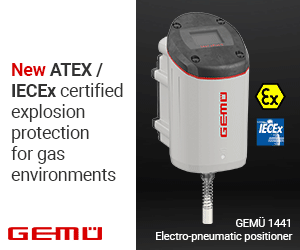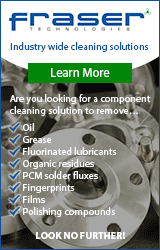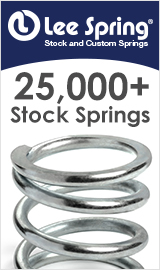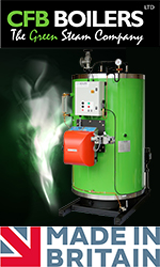The Different Types of Screws and When to Use Them
Screws are potentially one of the most important aspects of DIY and building. When looking around your house, you’ll find that countless pieces of furniture, fixtures, doors and cabinets use screws to keep everything together. That means that when making repairs, you’re most likely to come across screws to take things apart and replace items.
With how necessary screws are to DIY, it’s also important to know that there are many different types of screws. There are so many different varieties that they all can’t be discussed within a single article. Regardless, it’s still useful to learn about the common types of screws, what they’re used for and how to best deal with them. This may seem like an arbitrary topic for some, but in truth, there are crucial instances where the right or wrong screw can be the difference between stability and total collapse of the project.
Without further ado, here are some of the different types of screws.
Head Types
The first to know about screws is that many have different head types. These refer the shape of the top of the screw that’s left poking out once it’s inserted into a hole. The main purpose of a head is to stop the screw from driving fully into a surface, allowing it to be extracted if needed. Some heads are designed for precision in mind, and those are ones that are countersunk, which are screws that have tapered undersides so that the screw sits deeper and flatter against a surface. You can get all types of screws from Tradefix Direct.
The main types of heads are:
- Pan: These are slightly rounded and have short vertical sides to give it a low profile once driven into a surface.
- Flat: These are screws that are designed to sit low into the surface so that nothing is protruding which could interfere with further works of the project.
- Oval: These screws are used for more aesthetic purposes as they leave a nice decorative finish when screwed in. They’re a mix between the flat and oval types, creating a slightly rounded head.
- Truss: These screws have a rounded top with a large, flat underside that makes it sit low to the surface; however, it still protrudes above the line of the surface.
Drive Types
The drive is the shape of the slot on the head of a screw and mainly determines the type of screwdriver that’s needed. Some screwdrivers can deal with multiple slots, but many drives require a specific kind of screwdriver.
- Slotted: These types of drives are traditional single-lined slots for a flat screwdriver. It’s simple and easy to use.
- Phillips: These screws have an almost cross-like drive and are designed to work best with Philips screwdrivers. The multiple edges provide greater traction meaning less force is needed to screw these screws in.
- Pozi: These heads are identical to the Philips, however, include additional ridges in the corners of the cross to give the screw extra stability and a reduction of slipping.
- Hex Socket: These drives are in the shape of a hexagon and can only be driven with a hex key or Allan key. The reason these are used is that the high number of contact surfaces reduces the amount of force needed and also reduces damages to the screw.



























































































































